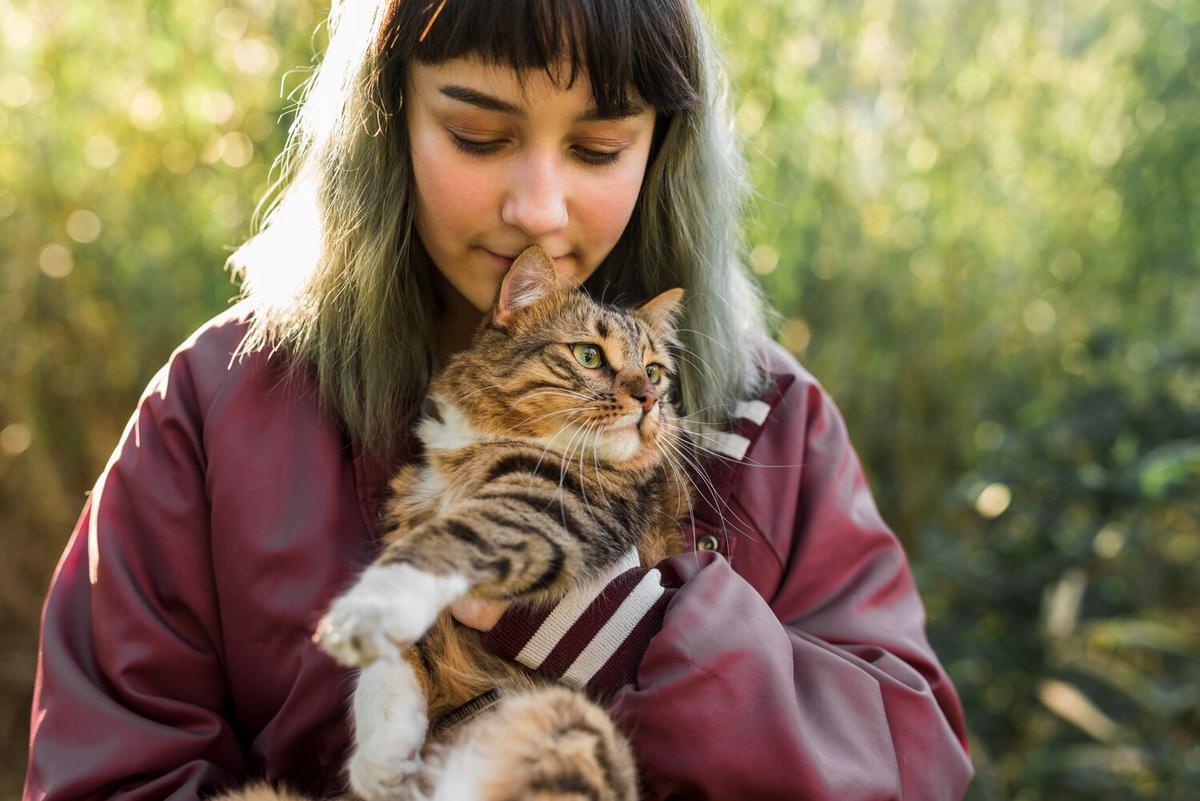Cats are fascinating creatures, often shrouded in mystery, leaving many of us puzzled by their quirky behaviors. Understanding feline behavior is key to nurturing a healthy, happy relationship with your furry friend.
Diving into Feline Behavior
Cats are complex animals whose behaviors can range from endearing to perplexing. To truly appreciate our feline companions, it’s crucial to delve into the reasons behind their actions. Dr. Tony Buffington, a renowned veterinarian, suggests that understanding a cat’s natural instincts is the first step in decoding their behavior.
The Science Behind Cat Behavior
Recent studies have shown that cats retain many of the behaviors of their wild ancestors. For instance, a cat’s penchant for hunting can be traced back to their need to hunt small prey for survival. According to the Animal Behavior Society, about 85% of a cat’s day is spent either sleeping or observing their surroundings, behaviors that are deeply ingrained from their wild lineage.
Common Feline Behaviors and Their Meanings
- Kneading: This action is reminiscent of kittens kneading their mother to stimulate milk flow. In adult cats, it often signifies comfort and contentment.
- Purring: Often a sign of happiness, but can also be used as a self-soothing mechanism when a cat is ill or stressed.
- Scratching: Cats scratch to mark their territory and to keep their claws sharp. Providing a scratching post can help redirect this behavior from your furniture.
- Chattering: Typically seen when a cat observes birds or other prey from a window, this behavior mimics the killing bite, a holdover from their predatory nature.
Tips for Understanding Your Cat
To foster a deeper understanding of your cat, pay attention to their body language. A cat with a raised tail is usually happy and confident, while flattened ears can indicate fear or aggression. Spend time observing these cues to better respond to your cat’s needs.
Pro Tip: Consider keeping a behavior diary for your cat. Noting daily activities and changes can help identify stressors or health issues early.
A Table of Feline Behaviors
| Behavior | Description | Possible Meaning |
|---|---|---|
| Kneading | Pressing paws into a surface | Comfort, contentment |
| Purring | Vibrating sound | Happiness, self-soothing |
| Scratching | Clawing at surfaces | Marking territory, sharpening claws |
| Chattering | Rapid jaw movements | Excitement, predatory instinct |
| Hissing | Defensive noise | Fear, aggression |
| Meowing | Vocal communication | Attention seeking, communication |
| Tail Flicking | Quick tail movements | Irritation, excitement |
| Slow Blinking | Closing eyes slowly | Trust, affection |
FAQs on Feline Behavior
Why do cats purr?
While purring is often associated with contentment, cats also purr when anxious or in pain as a self-soothing mechanism.
How can I stop my cat from scratching furniture?
Provide alternative options like scratching posts and ensure they are placed near the areas your cat prefers to scratch.
What does it mean when a cat wags its tail?
Unlike dogs, a wagging tail in cats often indicates irritation or agitation rather than happiness.
Understanding feline behavior requires patience and observation. By learning to interpret your cat’s actions, you can enhance your relationship and create a harmonious home environment. For further reading on feline behavior, consider visiting websites such as the ASPCA or other reputable animal behavior resources.




Leave a Reply